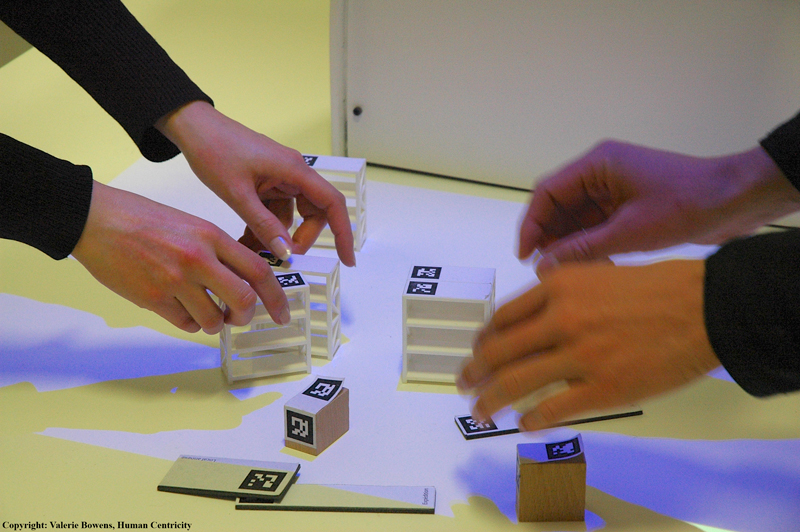Controversy as a Developmental Tool in Cross Self-Confrontation Analysis
DOI:
https://doi.org/10.7146/ocps.v15i2.16831Keywords:
Dialogue, Development, Dialogical Thinking, Interfunctionality, Inner Dialogue, PreachingAbstract
In Psychology, the issue of language usage as a means of action in psychological life requires thatwe question the relations between the forms of language expression and their psychological
functions. The current paper contributes to an understanding of this question. The relation
between form and function is examined here, with particular focus on a discursive and dialogic
method employed in the Activity Clinic approach to elicit controversy as a means of developing
dialogical thinking. We argue that the interfunctionality of levels of dialogue serves developmental
processes, promoting thought and the possibilities for its elaboration. We describe these
developmental processes on the basis of an empirical analysis of a sequence from an intervention
conducted with Roman Catholic Priests on preaching in homily. Our methodological frameworks
have the function of vivifying dialogical thinking about work, by making use of the
interfunctionality of levels of dialogue and the vital function of social relations in the
psychological life of the subjects.
Downloads
Published
How to Cite
Issue
Section
License
From issue no. 1 2022 and onward, the journal uses the CC Attribution-NonCommercial- Share Alike 4.0 license (https://creativecommons.org/licenses/by-nc-sa/4.0/) The authors retain the copyright to their articles.
The articles published in the previous 37 issues (From Vol. 1, no. 1, 1999 to Vol. 22, No. 1, 2021, are published according to Danish Copyright legislation. This implies that readers can download, read, and link to the articles, but they cannot republish these articles. The journal retain the copyright of these articles. Authors can upload them in their institutional repositories as a part of a green open access policy.




